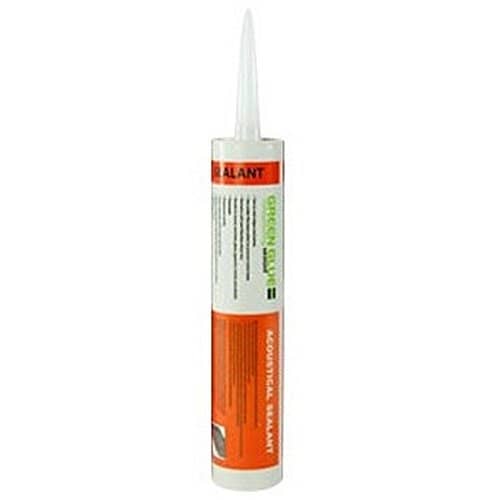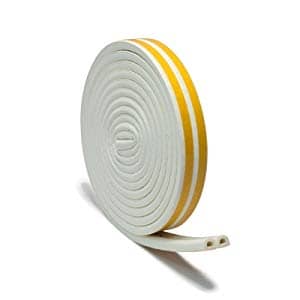Skylights are a useful feature in your home. They can save you money by letting in daylight which will help you with your electricity bill. One major drawback though is it creates a weak spot for sound to travel in from.
Here are ways you can reduce the unwanted sound without losing the benefit of having a skylight. To help you decide on the best way to move forward I’ve looked at the benefits of skylights and their disadvantages. Solutions may be window inserts/frames, or glazed windows.
Table of Contents
Benefits of skylights
You may be thinking of getting rid of your skylight altogether but consider this before you do. Skylights enhance your home’s aesthetics. Which is probably why most people get them in the first place. They provide natural light and in some cases can also provide ventilation. Some models have rain sensors or are remote-controlled too. And it adds to the resale value of your home.
Disadvantages of skylights
Although energy saving is possible with a skylight you can cause your home to lose heat as well. This happens when the hot air rises and if your skylight is not completely airtight. Water condensation may occur as well. Leakage is also a problem if you don’t have that airtight seal on your skylight, in fact, its easily the most common complaint about skylights.
Soundproofing options
Seal cracks and gaps around the frame
Air and sound may also leak through gaps around the frame, so sealing off this area is another “Must-do” step in the sound management process.
Caulking in a layer of Green-glue around the frame will effectively address this issue. A large caulking gun is needed, and applying to bead around the entire frame is recommended.
Once you have established an air-tight seal around the frame and there are no gaps around the frame itself, you can look at other areas to address.
Sound sealing or weatherproofing for an air-tight seal
Airgaps need to be treated to ensure complete coverage and manage sound seeping in through the frame. It would be best if you did this on both sides and at the top of the frame. Weatherstripping requires little effort but, done properly; it’s an effective sound management method.
Most products use a peel-and-stick function. Surface preparation is required as the glue needs a clean area to ensure adhesion. An alcohol wash is not always required but is recommended. Installation should be done on the inner part of the frame.
You can use two methods for this:
Acoustic gasket
This is a foam rubber composite material that is a hollow “D” shape. When compressed, the gasket seals off and prevents airflow. If the gap is wide enough, you may end up with an air pocket which is just as effective as a soundproofing method.
Peel off the protective strip to expose the sticky side of the tape and then stick the gasket to the frame on all the edges as required.
Closed-cell foam
Acoustic-treated foam is the most commonly used material for this. It is compressed between the inner door frame and the door itself, preventing sound from traveling through.
Again peel-and-stick methods are commonly utilized for the application, which makes it easy to install.
Soundproofing curtains
These curtains can boast up to 20 STC ratings, about as much as a hollow-core door can produce by itself. However, this is only in the presence of an MLV or similar lining. Most curtains advertised as “Soundproof” curtains are merely light blocking, but they have limited effectiveness in blocking sound. Done right with the proper soundproof curtains will result in a noticeable difference in the amount of sound coming into an area. Even at a 10 STC rating, it will sound like half the noise as before.
Using soundproof curtains specifically designed to block out sound vibrations can be a useful option when you have mild sound issues. They can also use it in combination with your other efforts employed to enhance effectiveness.
You will need to install a curtain rail and aim for a 4″ overlapping width and height. You’ll also want to have the curtain hanging as flush to the wall as possible. This will avoid sound leaking out from behind the curtain.
You can use window inserts or frames on your existing skylight. These frames can be customed built. They cover the entire window as frames or inserts. This creates a gap between your current window and this new window. The resulting sound blocking is considerable. They can be difficult to install depending on the location of your skylight and will not allow for ventilation. EZSoundproofing is a good online retailer that is worth checking out.
The other method is to upgrade the window to double glazed or even triple glazed. Air gaps between layers on the window blocks out sound. Your window will function normally. Although it can be a little expensive and again depending on your setup, it may be challenging to replace the glass. However, this is going to be the option that will deliver the best result.
If you are interested in simply changing to soundproof windows, you can see my blog on these windows. This would require you to replace your current windows completely.
So, where do you find these windows? The global marketplace offers up many possible merchants. Alibaba.com provides many such merchants all in one place. @Pro Building Material company is one such verified merchant that can customize soundproof sash windows for you.
National Consumer Center offers you a chance to get a $500 gift card to Amazon. The payouts are quick, and you can use the Gift Card to pay for some of your Amazon products.
Conclusion
Skylights have their uses but you’ll need to do a little work to make them ideal. They can save you money, although you will need to check for any leaks. Soundproofing your skylight by installing a window insert or getting double glazed windows will make them perfect.
Good luck and happy soundproofing!




